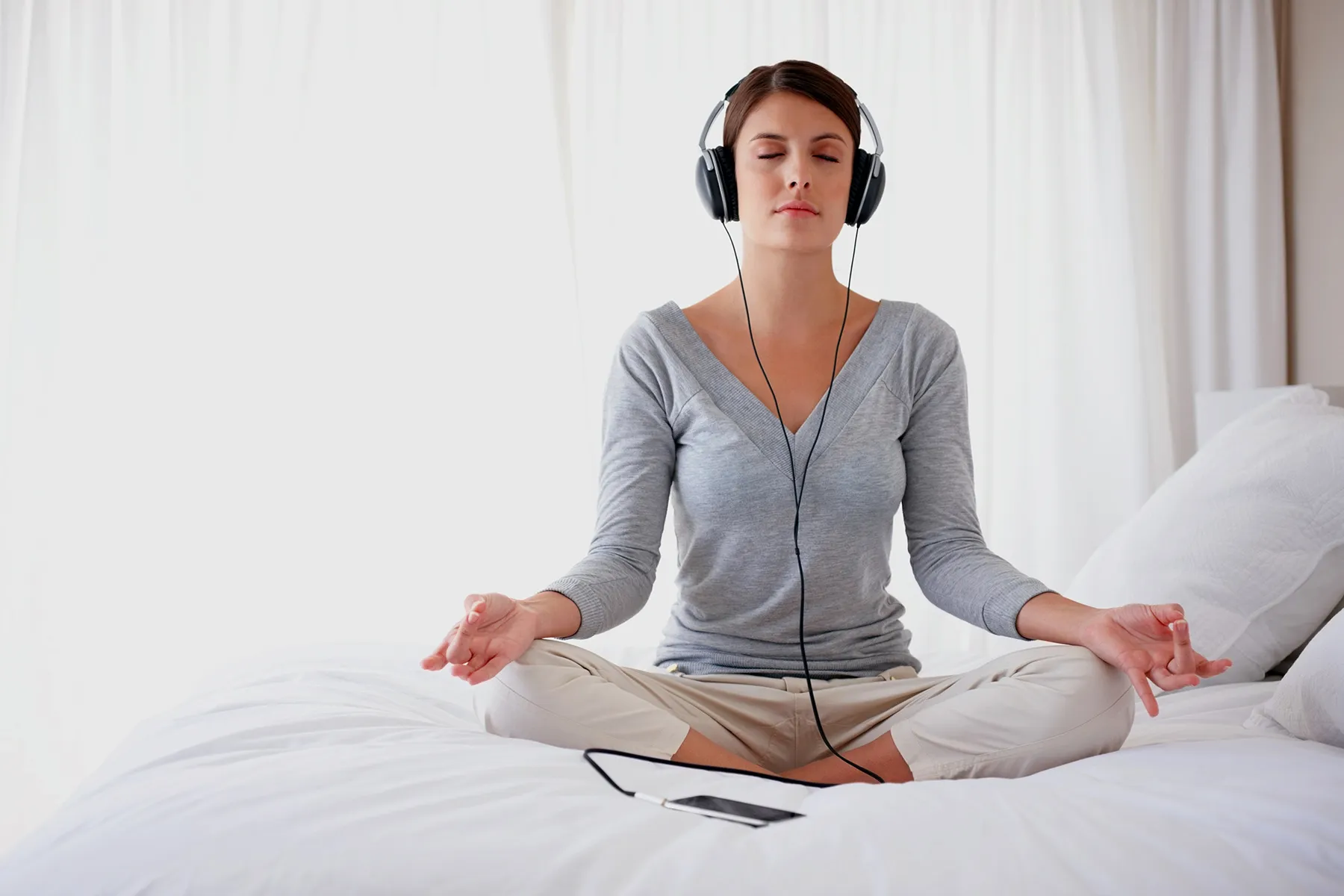A walk or bike ride might be the last thing on your mind when you're tired, stiff, and sore from psoriatic arthritis (PsA). But moving your body is one of the best prescriptions for painful joints.
"It seems counterintuitive, but many studies have shown that people who engage in activity two to three times a week have less fatigue and less pain."
-- Alison Duncombe, PT, DPT, University of Illinois Hospital, Chicago
Psoriatic arthritis might not be the only chronic condition you have. Diabetes, heart disease, high blood pressure, high cholesterol, obesity, and metabolic syndrome often go along with it. Regular workouts can help you manage these conditions, too.
Your body isn't the only part of you that benefits. Exercise is an all-natural mood booster that triggers the release of feel-good chemicals called endorphins. It can bring relief if you're one of the estimated 1 in 5 people with PsA who also manages depression.
Exercise does a lot for your joints, and for the rest of you, too:
Why It's Good to Start Early
With psoriatic arthritis, the earlier you start exercising, the better. "If you wait until you're already stiff, in pain, and having a lot of difficulty moving, then it's much harder to get started," says Alison Duncombe, a physical therapist at University of Illinois Hospital in Chicago.
Getting active soon after you're diagnosed will help dial back symptoms like pain and fatigue so you can exercise more easily.
Setting Goals
Having clear goals when you start your workout program can help you stay on track. Your goals will depend on what you want to achieve. Do you want to go back to running marathons? Or do you just want to walk down the block? If you're not sure what fitness goals to aim for, talk to a physical therapist.
"The workout needs to be tailored to the individual person, their abilities, and their level," says Rebecca Haberman, MD, rheumatologist and clinical instructor of medicine at NYU Langone Health. "If a person has never exercised before, it's good to speak to their rheumatologist and ask, 'What might be best for me?' and 'What should I not do?'"
Clear goals will motivate you to stay on track with your psoriatic arthritis workout program and give you a target to measure your progress.
Some goals of your psoriatic arthritis fitness program might be to:
Starting a Workout Routine
Before starting any new workout program, see your doctor and a physical therapist for an evaluation. You don't need to do an hourlong workout if it's your first time exercising. Start with 10- or 15-minute aerobic sessions and build from there.
With weight training, you want to work between 60% and 80% of your maximum effort, says Michael Erickson, PT, DPT, a physical therapist at the Hospital for Special Surgery in New York. "A good rule of thumb that I like to tell my patients is that if you're doing a set of 10 reps, by the time you hit reps seven, eight, and nine you want to feel like you're working pretty hard. And by the tenth rep, you don't think you can go any further."
Loading...
Be gentle during a flare.
Dial down the intensity from aerobics to gentle stretches or water-based exercise, lower the weight, and shorten your workouts until the flare has calmed down.
Go light.
Use a weight that you can comfortably do at least six to eight repetitions with. Don't strain or use a lot of weight when working spots where tendons or ligaments attach to bones, like your elbows or shoulders. Those are common sites of psoriatic arthritis inflammation.
Listen to your body.
It's ok to feel a little bit of soreness after a workout, but you shouldn't feel pain. "Pain is your body's way of saying 'stop what you're doing,'" Haberman says.
Recovering From Your Workout Sessions
Your workout isn't truly finished until you've cooled down. Tack an extra 5 or 10 minutes onto your routine to bring down your heart rate. Walk or bike slowly. Finish up with some gentle stretches.
If you're sore after a workout, hold ice to your joints for up to 20 minutes. Ice relieves both pain and swelling. Try to balance work with rest. Doing too many exercises on the same muscle group -- like your legs -- can leave you sore. "Take two or three days off to rest after you've done a certain exercise," Duncombe suggests. "Make sure you have enough time to restore your strength."
It can be challenging to exercise with a chronic, painful condition like psoriatic arthritis, especially during flares. But working out offers big rewards. "Exercise can make a difference," Erickson says. "It can help you feel better and give you a lot more good days."











































